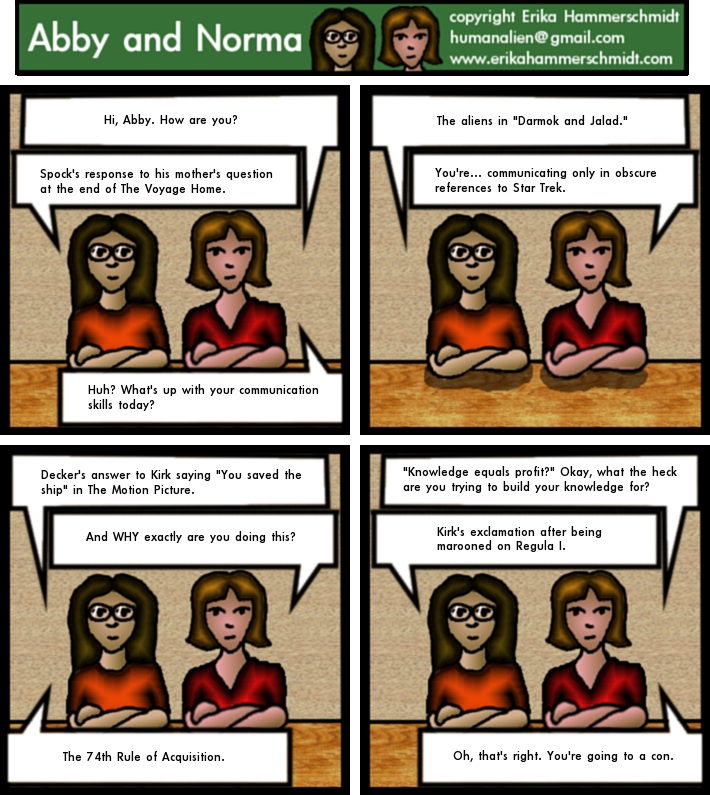Pool of Radiance. The name conjures up that magical time, when you opened your first ever PC game as a christmas present. That magical time when you were still figuring out how games worked, and min/maxing was not something you did as easily as breathing.
My parents were kind enough to get me Pool of Radiance and Curse of the Azure Bonds as a Christmas present probably in 1990 (when the third game in the series, Secret of the Silver Blades came out), and I immediately set out to play probably for the rest of the holidays. I remember making my first journey with a lead character with the same name as myself. It was incredibly jarring to have the game tell you that you have died when it’s using your name. I quickly restarted with my name reversed. (This has been my online handle ever since.)
My first party was FFFCMT, all human, complete with names out of legend: Arnold, Conan, Merlin, some names not quite so famous: Keef, and some you have probably never heard of: Nayrb, Bogarth. (Zigomar was a late arrival to the party, probably in Curse or Secret.)
We ran through the game, confused by the pyramid, missing all kinds of things, and eventually meeting and conquering the big bad after the big reveal.
I have so many nostalgic memories of this. Figuring out how the Manual of bodily health worked, mostly by accident, maybe thinking that waiting would work if my character was ‘reading’. Then also accidentally discovering that regeneration was possible for my characters, stumbling around Valjevo castle with only that character at close to full health.
Being endlessly confused by the pyramid, possibly until I prevailed on my dad to take me shopping at the computer store where I chanced upon the Clue Book! (I still have it on my shelf, with some of the same notes in it.)
Pool of Radiance was the first game I cracked. (I think I couldn’t find the code wheel, although I still remember the codes for ‘BEWARE’ and ‘TEMPLE’, with the ..- and strange Leo-constellation-like figure.) I did it by the simple expedient of hexediting zeroes over the part directly after where the game asked for the code. I have no idea why this worked.
It was also the first game where I hex-edited characters (I think). This will be important later.
All this is as a long-winded way to say that this is the final playthrough, to finally make right by the Forgotten Realms, to complete the original Gold Box four once and for all with the same characters.
Some rules I set for myself:
Since the point of this runthrough is to make it through all 4 of the original gold box games (Pool of Radiance, Curse of the Azure Bonds, Secret of the Silver Blades, and Pools of Darkness), and most importantly the final battle in PoD…
The characters can be edited for attributes and class.
The plan is to have them edited to 25/25/25/25/19*/25. I don’t think all of these work properly (the spell immunities for Int/Wis >19 for sure don’t), but the large amount of fighting in the game is much more bearable this way.
*This is so I can copy Manuals of Bodily Health, and gain regeneration for each of them. My experience is that regeneration, at least in PoolRad is not exactly correctly handled, but science will have to be done.
I’m currently only planning to copy the Manual of Bodily Health, as well as spell scrolls. (The first because regeneration is so much easier (and cooler!) than healing, especially in PoolRad, before FIX, the second is because it makes more game sense to be able to copy scrolls between characters.)
I won’t be using cheats like “give all your gems and jewlery to an NPC, then kill them”, or “restart to get lots of gold” or “restart to make the initial quests easier again”. I’ll also try not to copy the dust of disappearance in Curse. (I discovered the item copy cheat first in Curse by accident when removing and adding characters to my party. I think I had been restarting to get a LS+3, Frostbrand for each of my characters when I discovered it.)
(I also tried ‘long sword + 100’ while doing Death knights of Krynn, just because the half-damage-from-swords skeletal knights were so annoying. A fun reversal of this was ‘The Summoning’, which had weapons break if they did too much damage, so that if you hex edited the damage of one of your weapons, it would just break.)
Other than that, I’m not planning to copy items. I may or may not cheat to bring my items through Limbo. We’ll see how the large bits of Moander are.
One last thing. I always found it constraining that you couldn’t be more classes at once, or that you had to have such low levels. I’ve done some experimentation, and it seems that race and class are saved separately in the savegames for all four games.
(Interestingly, the PoolRad savegame (which I will cover fully next post) has one hex for class, and 4+ others for level in each class. So, you can be a Fighter/Mage/Thief with Cleric levels. I’m not sure exactly which skills are dictated by each of these. Again, science. The other games seem to have these totally independent, probably because it was easier than dictating all of the many options with Ranger being added to the mix.)

